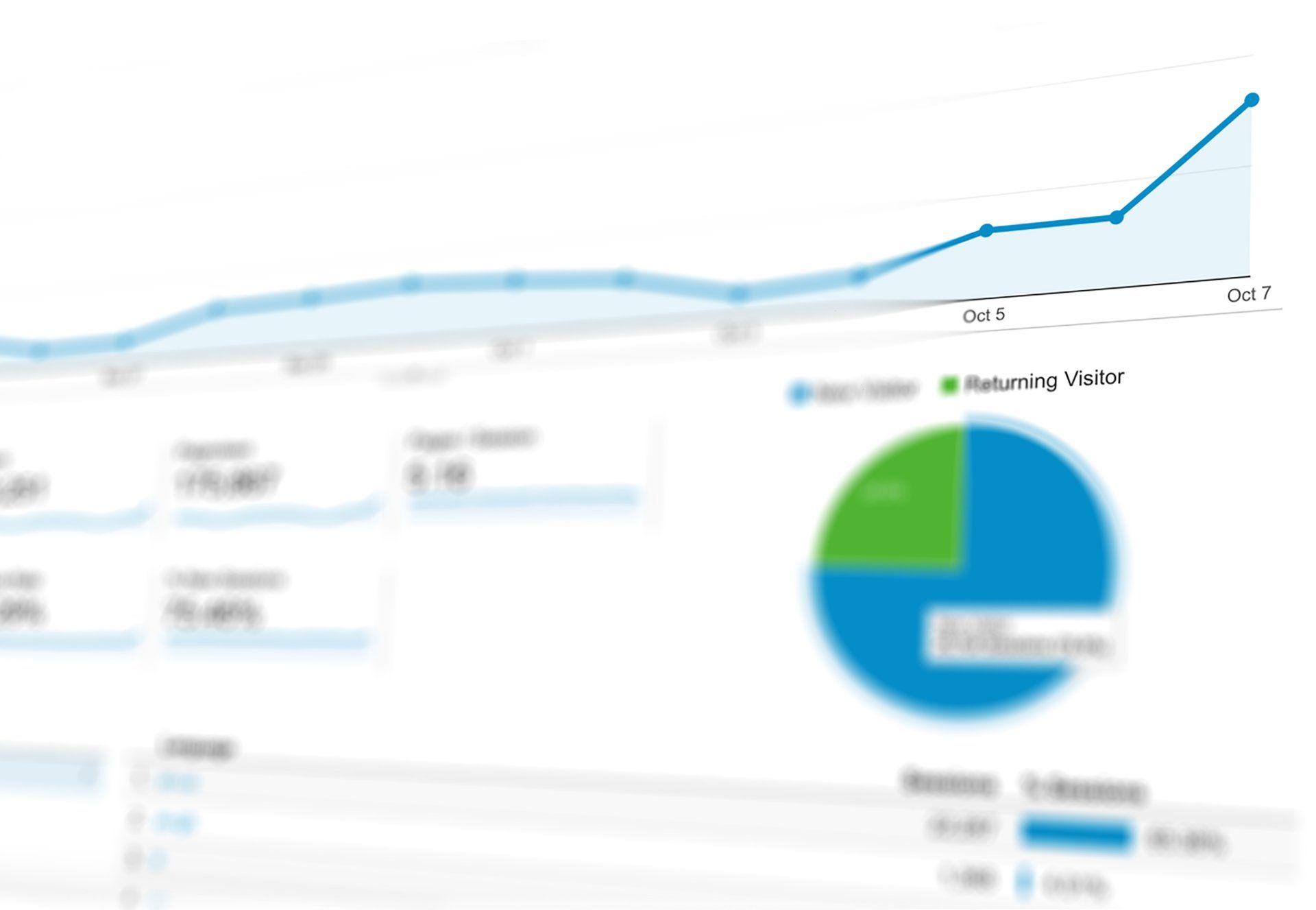Step by step guide: The website build process
The Art of Effective Website Development: A Comprehensive Guide
In today's digital age, your website is often the first point of contact between your business and potential customers. Crafting an effective website is more than just aesthetics; it's about creating a seamless user experience while achieving your business goals. To embark on this journey, follow our step-by-step guide to master the art of effective website development.
1. Define Your Purpose
Understand the 'Why' behind your website. Is it to showcase a portfolio, sell products, or provide information? Defining your website's primary purpose is the first step.
2. Know Your Audience
Identify your target audience's needs, preferences, and behaviours. Tailor your website to cater to their interests and engage them effectively.
3. Choose the Right Platform
Select a web development platform that suits your needs. Popular choices include Content Management Systems (CMS) like Duda, WordPress, Drupal, or custom development.
4. Plan Your Content
Create a content strategy that includes text, images, videos, and other media. Ensure your content aligns with your goals and resonates with your audience.
5. Designing for User Experience
A website's design greatly influences user experience. Consider these principles for an effective design:
- Mobile Responsiveness - Ensure your website is responsive and looks great on all devices, from smartphones to desktops.
- Intuitive Navigation - Design a clear and user-friendly navigation structure. Visitors should easily find what they're looking for.
- Page Load Speed - Optimize your website's speed. Slow-loading pages can turn visitors away.
- Consistent Branding - Maintain a consistent brand identity, including logos, color schemes, and typography.
6. Development and Testing
Once your design is ready, bring it to life through coding. Pay attention to these aspects:
- Clean Code - Write clean, organised, and well-commented code to ensure easy maintenance.
- Cross-Browser Compatibility - Test your website on various browsers to ensure it functions correctly.
- Security Measures - Implement security protocols to protect user data and your website from potential threats.
- Performance Optimisation - Continuously monitor and optimise your website's performance to maintain speed and efficiency.
7. Launch and Beyond
After rigorous testing, it's time to launch your website. However, your work doesn't end there:
- Regular Updates - Keep your website up-to-date with fresh content, security patches, and feature enhancements.
- SEO Optimisation - Implement Search Engine Optimization (SEO) techniques to improve your website's visibility on search engines.
- User Feedback - Gather user feedback to improve and enhance the user experience.
8. Analytics and Data
Use analytics tools to gain insights into user behaviour and make data-driven decisions.
In conclusion, effective website development combines planning, design, development, and ongoing maintenance.
By following this comprehensive guide, you can create a website that not only looks great but also functions seamlessly and serves your business objectives. Your website is the face of your business in the digital world, so make it count.










